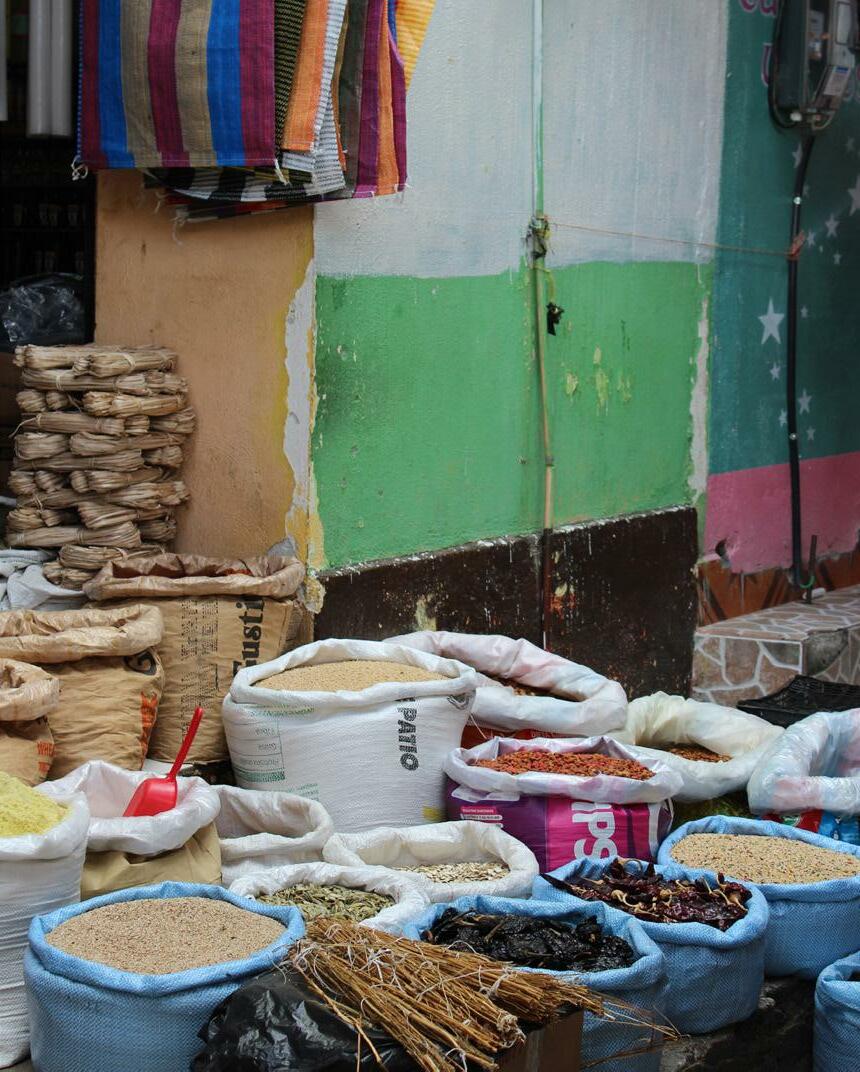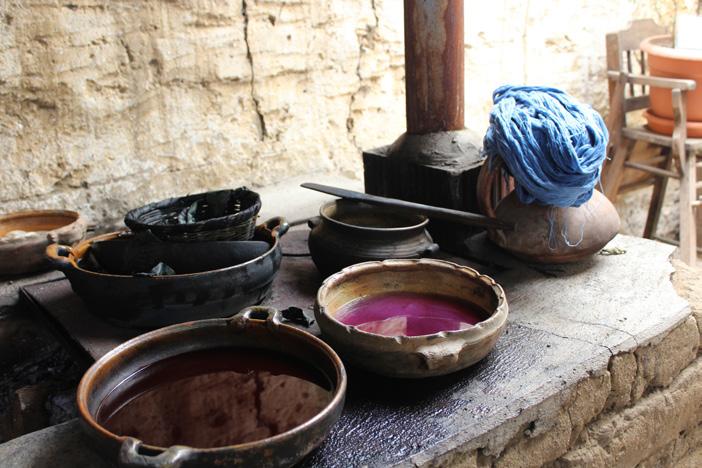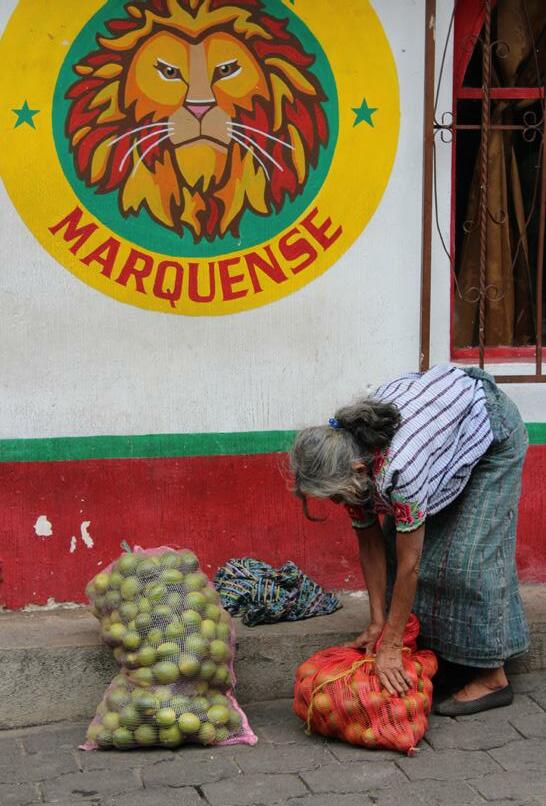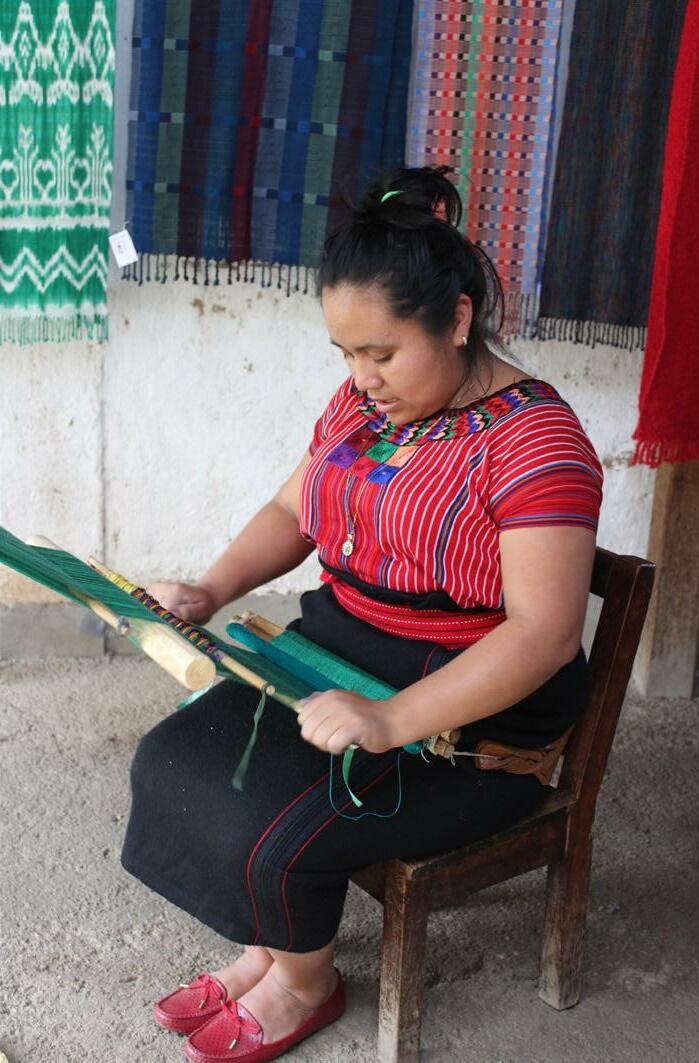
1 minute read
Photography
Over a two-year span I traveled between the Guatemalan Highlands to study the relationships of Guatemala City’s urban development on rural areas and its impacts in vulnerable communities. Through photography I was able to interact with community members in an informal setting that allowed me to casually observe their daily lives, unobtrusively collect data, and document interviews.
Part of this project included staying at Indigenous Mayan women organized cooperatives. I interviewed these women about using traditional handicrafts that promote fair-trade and ethical practices to provide economic independence and representative cultural autonomy in tourist- driven areas.
Advertisement
Below: Mayan Textile Cooperative in Panajachel. Images capture interview with local textile weaver and textile making process.



Above: Scenes from daily life - A woman waits for a Tuk Tuk fare (motorized rickshaw). As an affordable and accessible form of transportation these vehicles are pretty commonplace in both urban and rural settings.
Right: Demonstration of making Mayan cacao paste, remaining beans are sold at vendor markets around town or driven into the city to be shipped worldwide.







